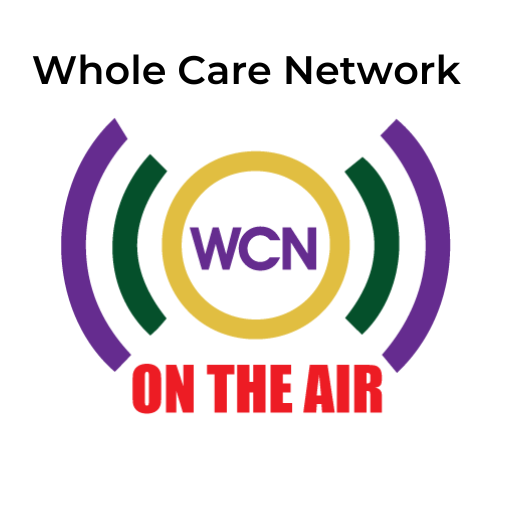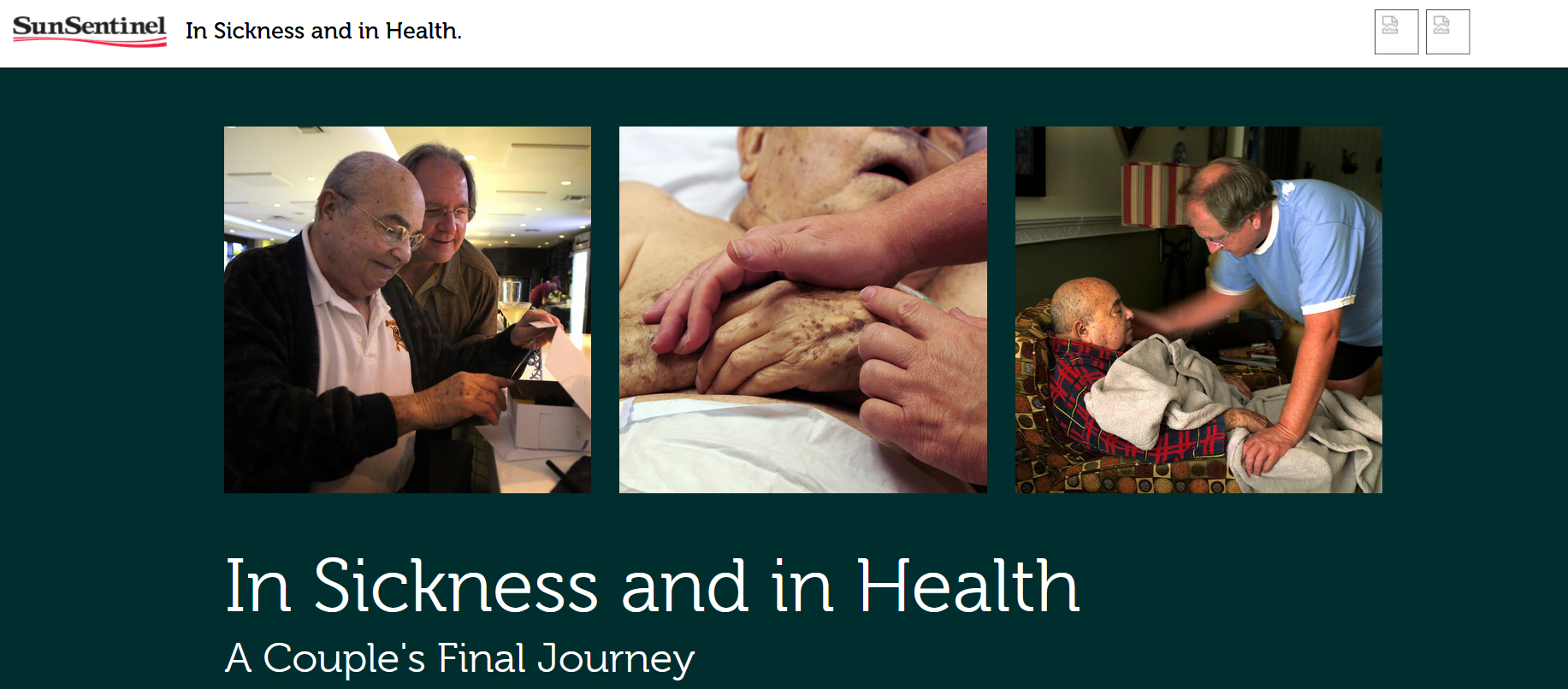Being deeply loved by someone gives you strength, while loving someone deeply gives you courage. Lao Tzu
March 9th! This day comes around every year and there is no way to avoid it. Sure, I could roll the covers over my head for the entire day and wallow in sadness, but what does that accomplish; more sadness, more isolation? I think not!
As I look back on these last four years, I see quite a bit of change in all facets of my life. There is the weight loss, the new moustache, establishing The Whole Care Network and TLO Cruises and Tours and of all things getting a tattoo!
The tattoo is probably the most outlandish thing I have ever done in my entire life, however the tattoo has so much meaning to me as I ACE, (After Caregiving Ends). I believe it is through the experience of the white flower and tattoo which has allowed me to work through my grief and (If you would like to learn more about the tattoo see my post entitled “We’ve Only Just Begun: White Flowers and Green Shoes by clicking here“) guide me on a peaceful path.
When Richard (aka TLO) made his life transition on March 9, 2104, two lives were forever changed. As I look back on what I wrote the three previous years on March 9, there is one constant theme, love endures. What is different for me on March 9, 2018 is that I have started to live life again and break out of my isolation.
As I wrote in “What’s The Deal With Caregiving” I believe there are four stages of grief that caregivers experience:
- Relief < caregiving has come to an end and the one you are caregiving is now pain-free
- Sadness < the life that you once knew is forever changed
- Guilt < when you realise that you move on with your life without the one you love
- Acceptance < that day when you wake up and say to yourself…”Job well done” and you’re ready to move on with your life with your head held hight.
It took me 15 months to get to the point when I could get to acceptance. What I realize this past year is that I left out one important stage in grief, taking…
5. Action < Moving from isolation and activate your hopes, dreams and desires.
Whether it was the experience of the while flower, the tattoo, starting the Whole Care Network, (I could use countless examples from this past year) these experiences that happened over the past 12 months made me realize that until I took action, I was going to continue to isolate myself and stay stuck in my own muck (Richard would be most displeased!). Taking action has not only has restored my confidence, taking action has allowed me step outside my comfort zone which has provided exciting opportunities for personal growth and fulfilment.
What I have learned along the way is just as caregiving is different for each one of us, life after caregiving is going to be different for each one of us too. Now four years past, I don’t miss him any less; I’ve learned to live with him, and the love, care and commitment we had for each other, in a different way.
It’s “funny” how taking action has allowed me to find deeper meaning to our love, care and commitment. I will be interested to see what March 9, 2019 brings to me on The Purple Jacket!


















